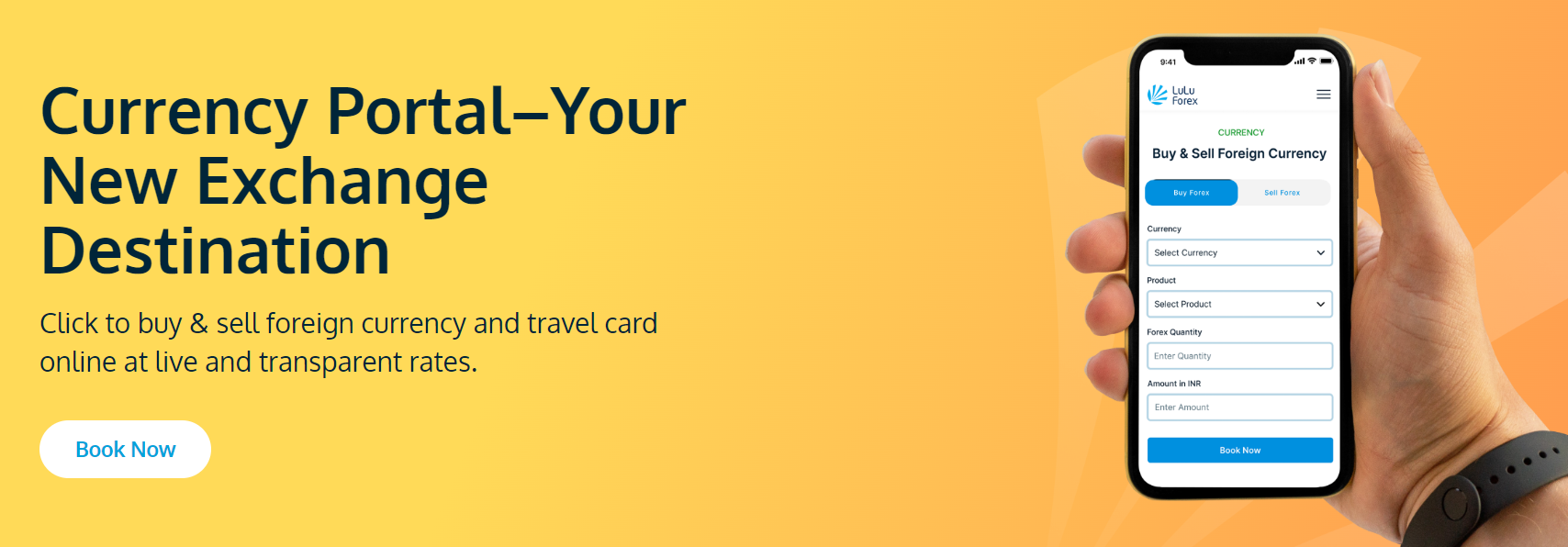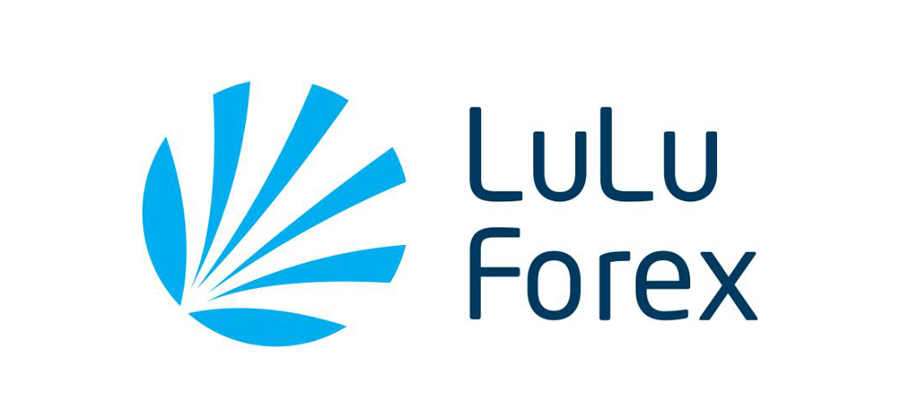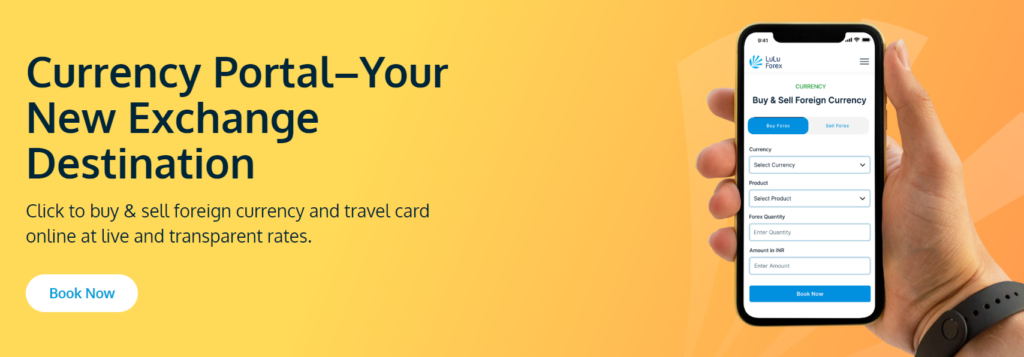Mumbai, the bustling financial capital of India, serves as a gateway to global business, tourism, and expatriate living. With its vibrant economy and cosmopolitan culture, the demand for foreign currency exchange is ever-growing. However, for many, navigating the complexities of currency exchange can feel overwhelming.
Why Currency Exchange can be Challenging in Mumbai
Foreign currency exchange often feels challenging for many in Mumbai. Here’s why:
- Lack of Reliable Information: There are thousands of exchange providers across the city, making it difficult to identify reliable ones.
- Fluctuating Exchange Rates: Global economic trends and market volatility mean that exchange rates change frequently. Poor timing of your transaction may cost you more than you expect.
- Hidden Fees: Some providers charge additional amounts that are not apparent upfront and, therefore, make the whole procedure costlier than expected
- Accessibility Issues: Locating a nearby and efficient currency exchange service, especially in busy cities like Mumbai, is never easy, especially in dire situations. Currency exchange should not be taken lightly; hence knowledge and support of a trusted authority are needed for such transactions.
Complete Guide to Exchanging Foreign Currency in Mumbai
Understand Exchange Rates
Exchange rates determine how much of one currency you’ll get in exchange for another. These rates fluctuate based on global market conditions, geopolitical events, and economic trends. Monitoring real-time rates is crucial to maximise value.
Choose Trusted Providers
Always select established and reputable service providers. at LuLu Forex, we ensure better rates, convenient services, and safe transactions that give a hassle-free customer experience.
Beware of Hidden Costs
Some providers make additional charges without notice, so the process eventually becomes costlier than initially considered.
Opt for Online Services
Today, most providers allow buying forex, comparing rates, and completing transactions online from the comfort of your home. This saves time and is convenient. LuLu Forex provides a seamless online forex portal with simple steps and timely doorstep delivery.
Leverage Multi-Currency Travel Cards:
Travel cards let you load various currencies, lock favourable rates, and avoid carrying large sums of cash. Thus, they ensure safety and cost efficiency.
Verify Documentation Requirements
All forms of identification documents, such as a valid passport or visa, should be at hand for easy transaction processing.
How LuLu Forex makes Currency Exchange in Mumbai Effortless
LuLu Forex is one of the most trusted names in the financial sector, which offers reliable and efficient currency exchange services tailored to the needs of Mumbai’s vibrant audience. This is why you should choose LuLu Forex.
- Competitive Exchange Rate: Get the best value for your money through our real-time-rates.
- Fees Transparent: No surprise or hidden fees Clear and Fair dealings.
- Expert Advice: Our experienced team is here to guide you, answer your questions, and help you make well-informed decisions with confidence.
- Complete Service: It caters to all your money-related needs, from currency exchange to travel cards.
Ready to Simplify Your Currency Exchange in Mumbai?
Exchanging foreign currency doesn’t have to be stressful. You’ll find the entire process to be seamless, safe, and cost-effective if you’re better prepared and assisted by a credible partner like LuLu Forex.
Visit your nearest LuLu Forex branch today and let us help you take the first step toward hassle-free currency exchange. Because when it comes to your finances, trust matters!












